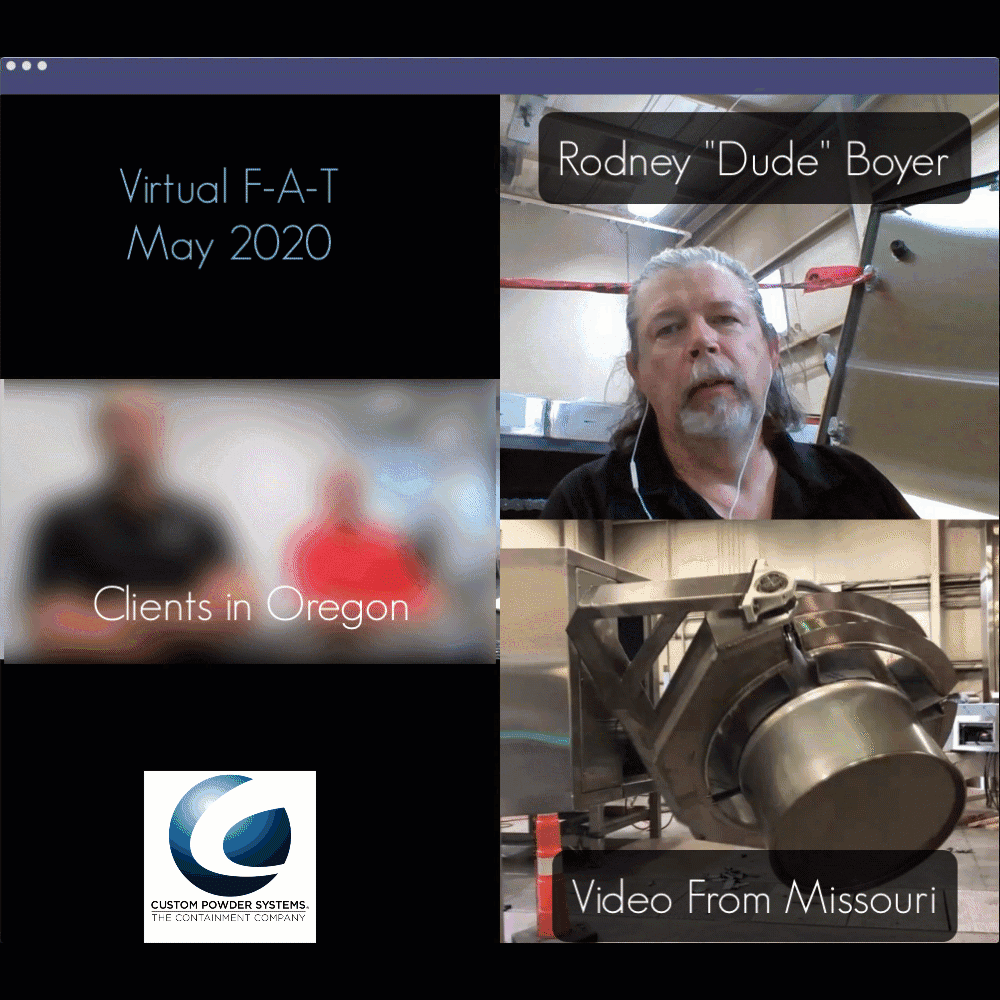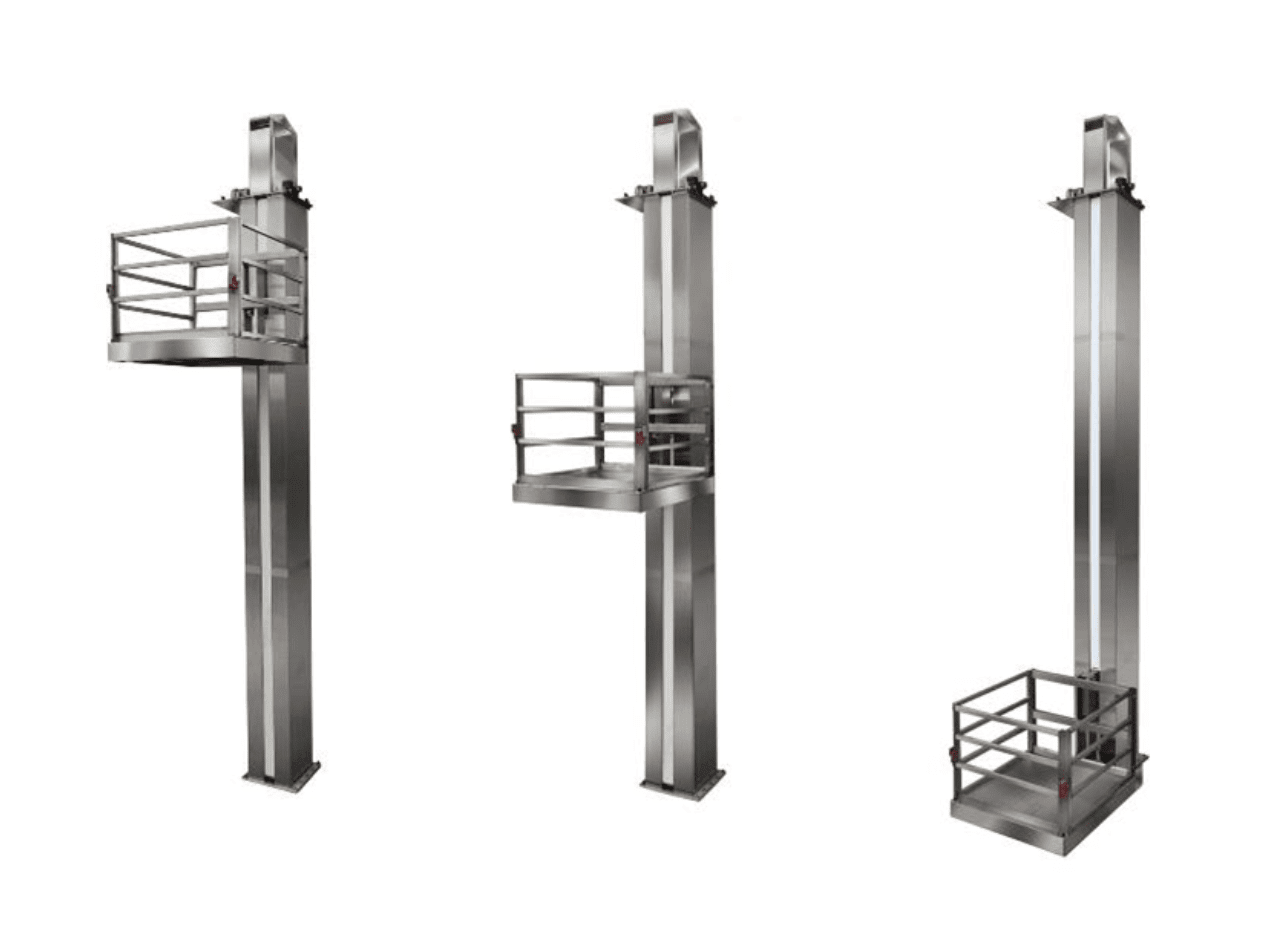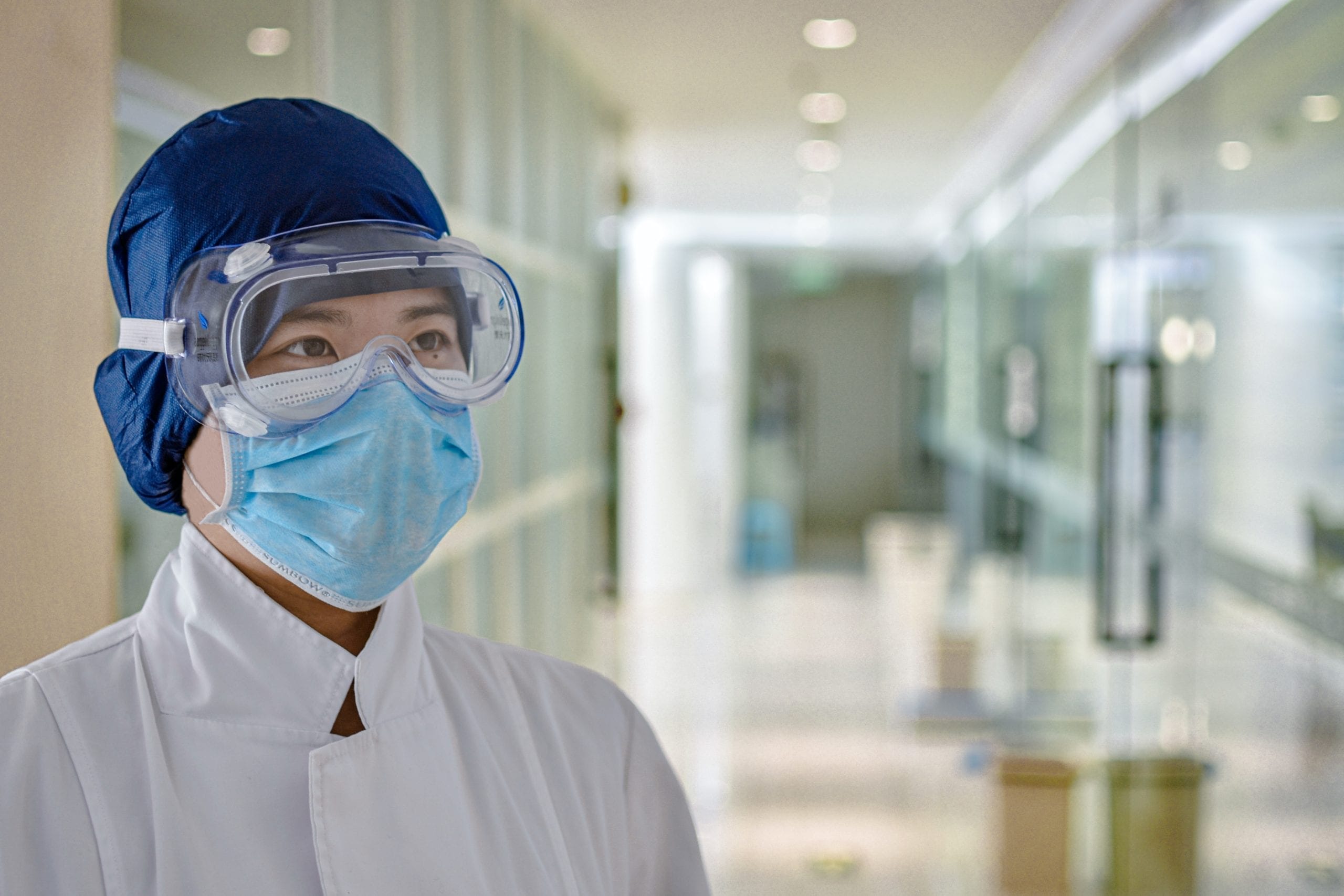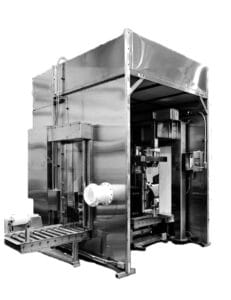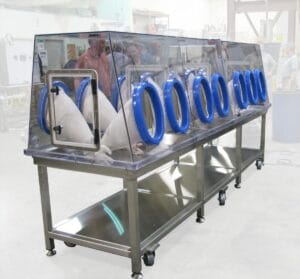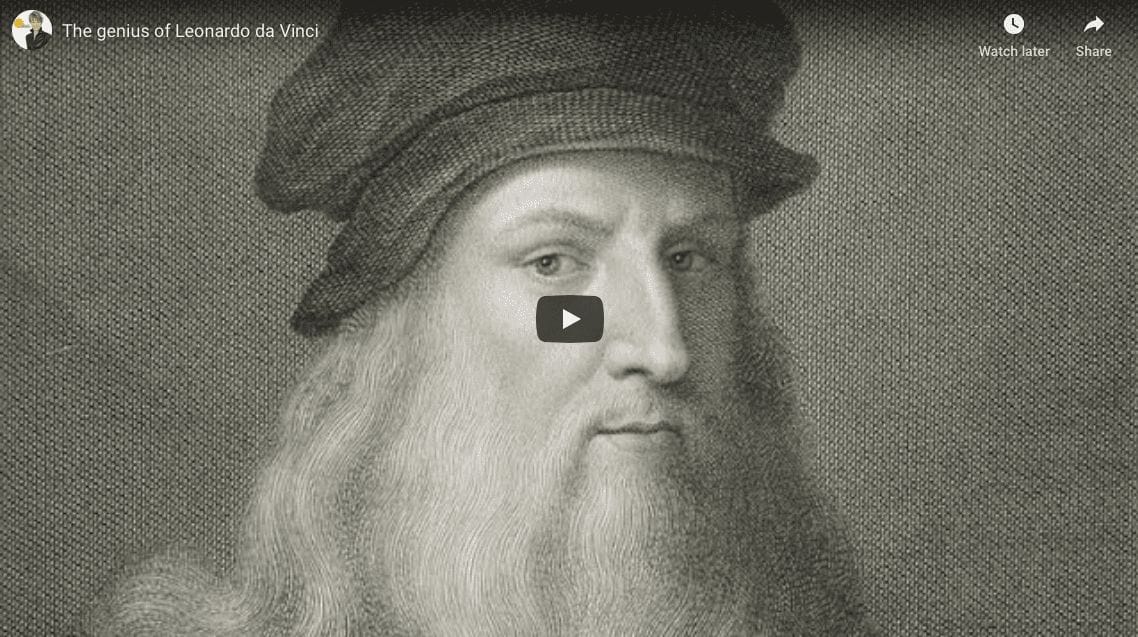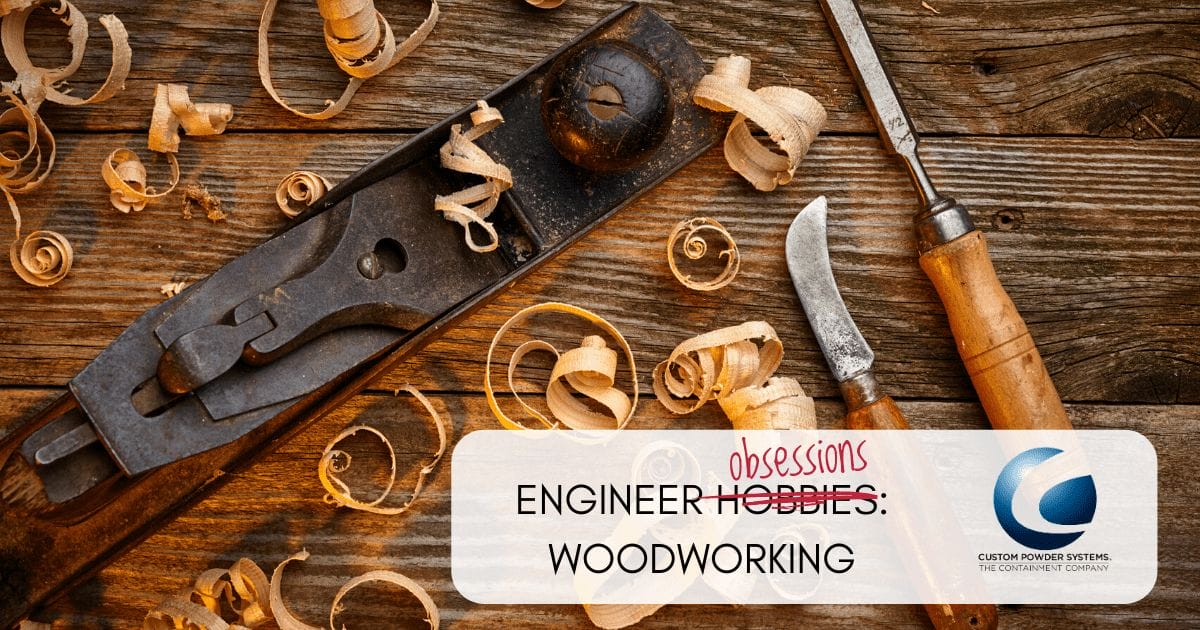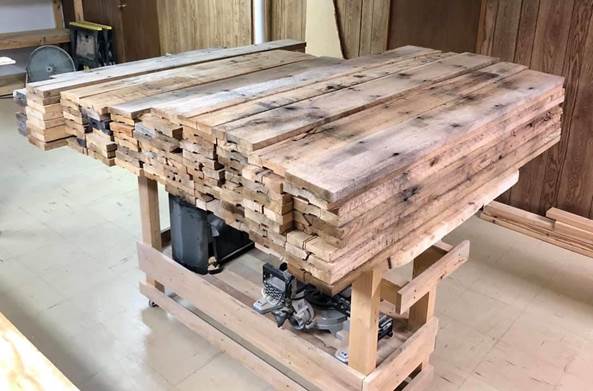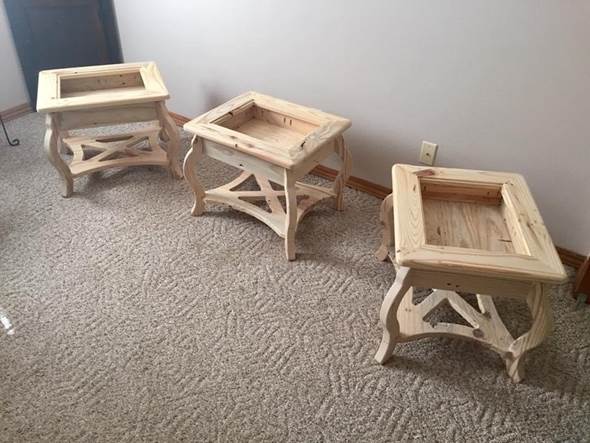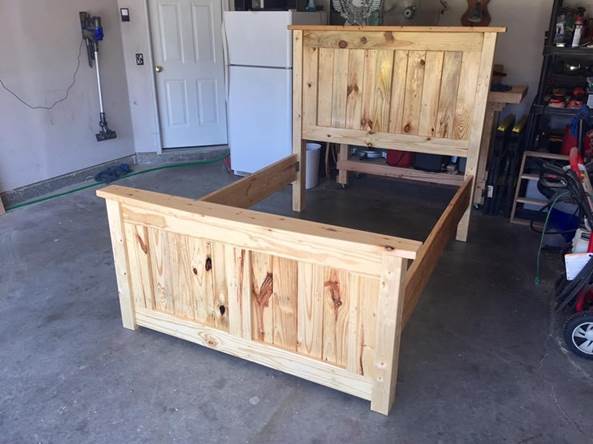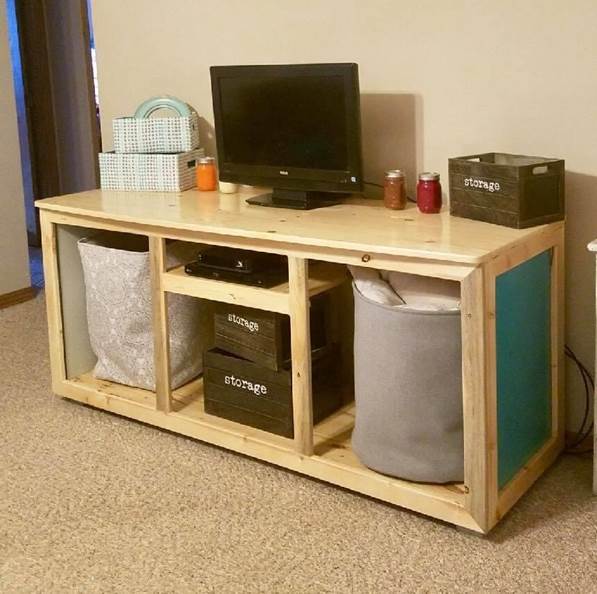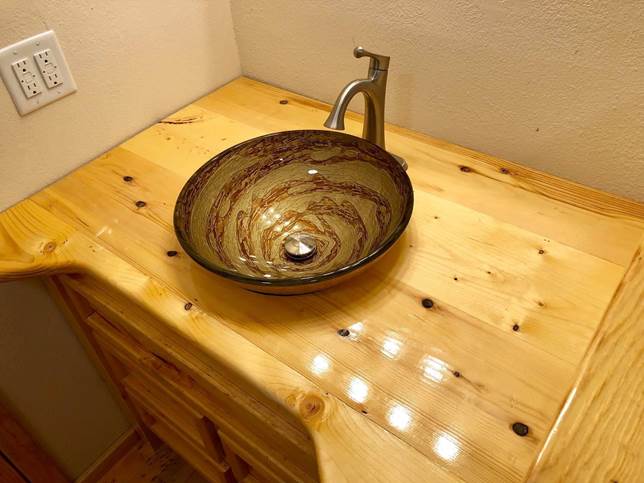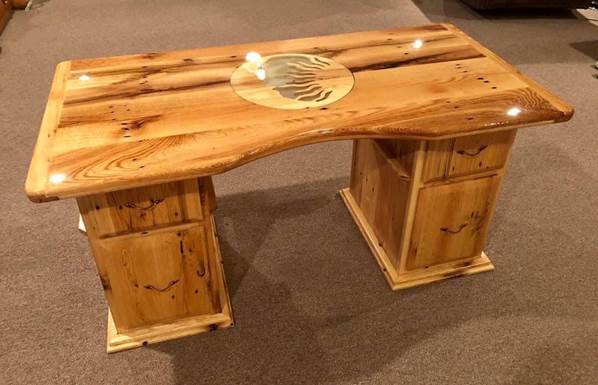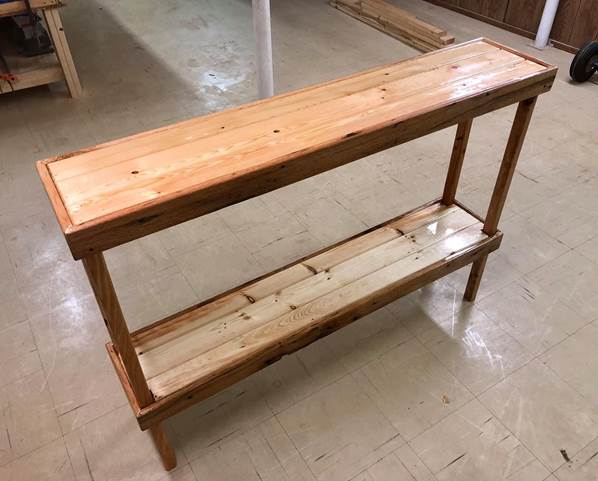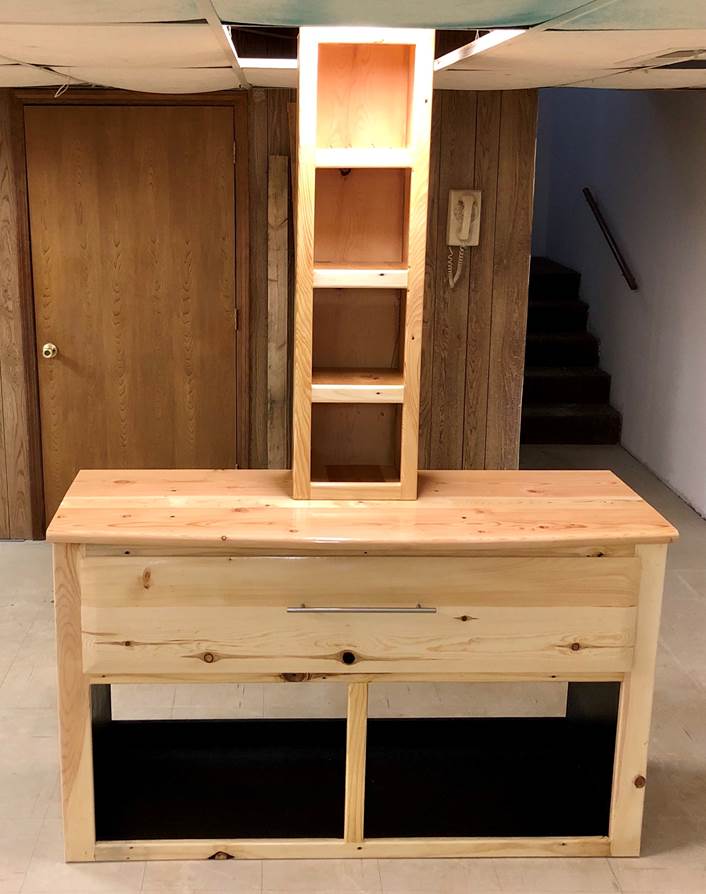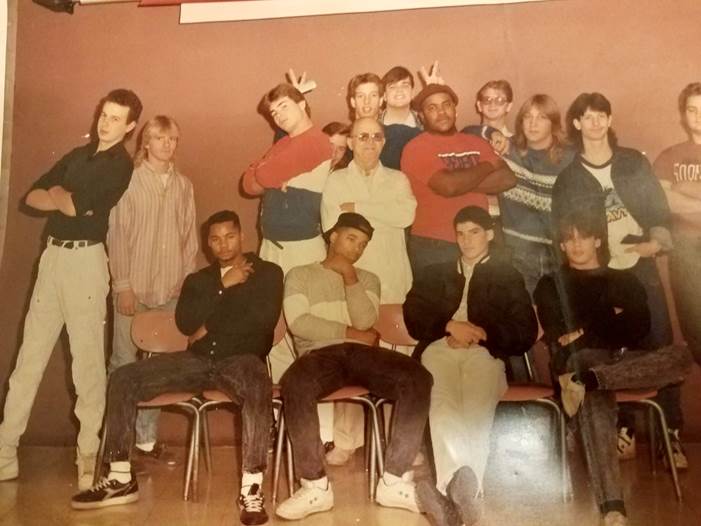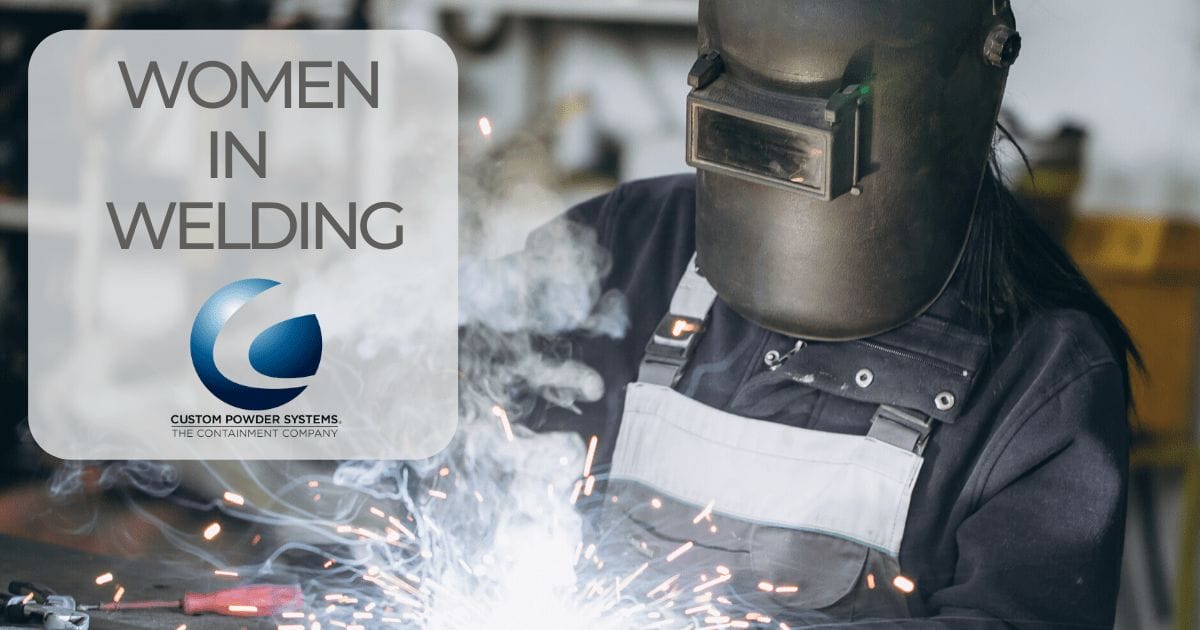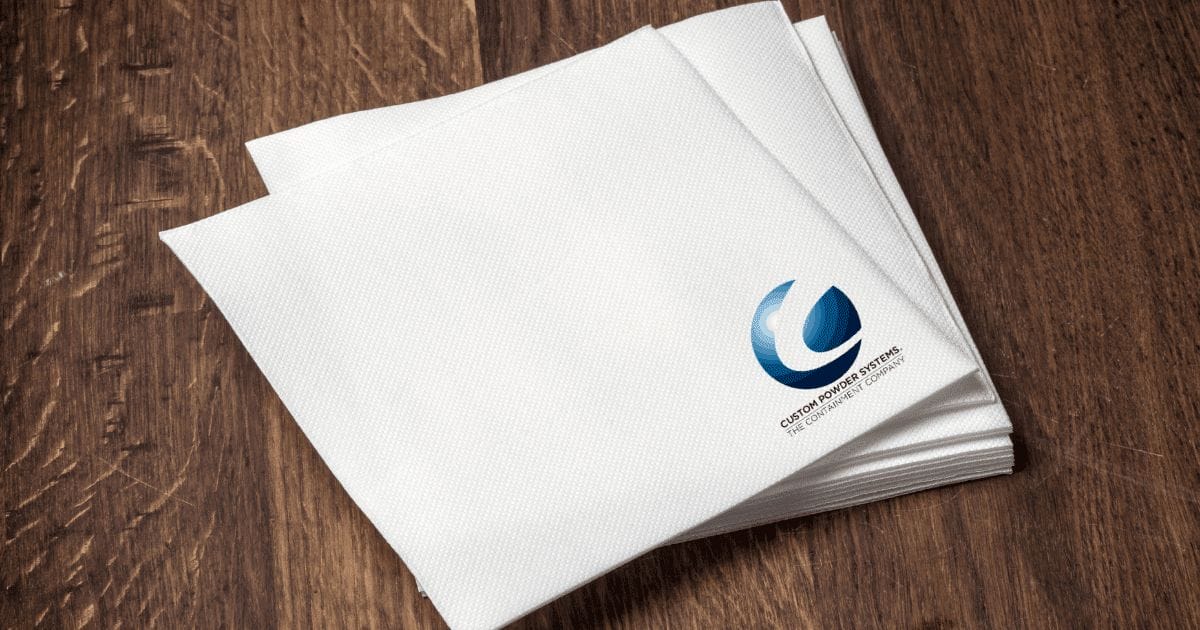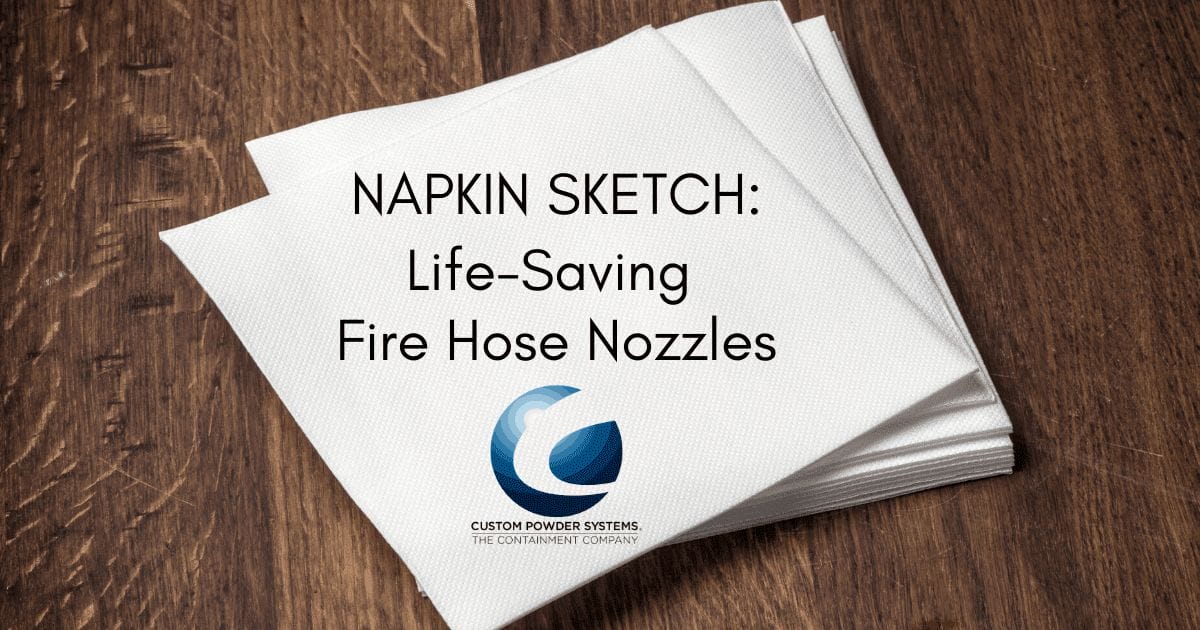In nearly every way, it was an F-A-T like any other… we demonstrated the functionality of the new, custom, dry material handling blender as the client looked on. We walked them through every step of its operation and answered their question, and the meeting ended with a successful test.
Except… in one major way, it was nothing like the hundreds of tests we’ve performed for clients around the world over the last fifteen years.
The clients were 1,968 miles (3,167 kilometers) away. It took place online.
The client was in Oregon, connected via Microsoft’s Teams application, and Rodney Boyer (any resemblance to Jeff Lebowski is purely coincidental), Senior Automation Engineer for CPS was leading the client through the F-A-T while his Vanna White assisted. In this case, the role of Vanna was played by CPS’ own Bob Luebbe, Senior VP of Sales, who manned a camera phone also connected to Teams.
“In many ways, it’s the same as it ever was,” said Boyer. “We’re able to send the documentation ahead of time then securely walk them through the functionality as if they were in the room with us.”
Boyer, Luebbe, and the team at Custom Powder have been embracing constraints since the conception of the company in June of 2005.
“Everyone on the team enjoys the brainstorming part of this,” says Luebbe. “We love it when companies come to us unsure of how something can be done. For us, virtual FATs were just a natural result of our culture of brainstorming around obstacles.”
With so many of their colleagues and peers headquartered overseas facing strict travel restrictions, Custom Powder’s ability to travel easily anywhere in the United States combined with their unique ability to consider—and even invent—alternative solutions has made their team indispensable to their clients.
I’d argue there’s really no such thing as business-to-business. It’s all people doing business with other people.
Denise McIntosh, CEO, Custom Powder Systems
“Yes, of course we are in the dry material handling business, but more than that, we’re in the relationship business,” says Denise McIntosh, CEO of Custom Powder Systems. “In fact, I’d argue there’s really no such thing as business-to-business. It’s all people doing business with other people.”
“I really enjoy working hand-in-hand and face-to-face with our clients,” said Boyer, “but when that’s not an option in the current climate, it’s nice to know we can still help them solve problems.”
“Our team is hard-wired that way,” added Luebbe, “to embrace constraints and brainstorm solutions to these new problems that, so far, seem to be defining 2020.”
Watching the satisfied clients disconnect from Teams after a successful F-A-T, it’s easy to see why Custom Powder continues to redefine how it spells S-U-C-C-E-S-S.
If you’re looking for a US-based company to help you embrace constraints and save you time and money with creative solutions, contact Custom Powder Systems today.

